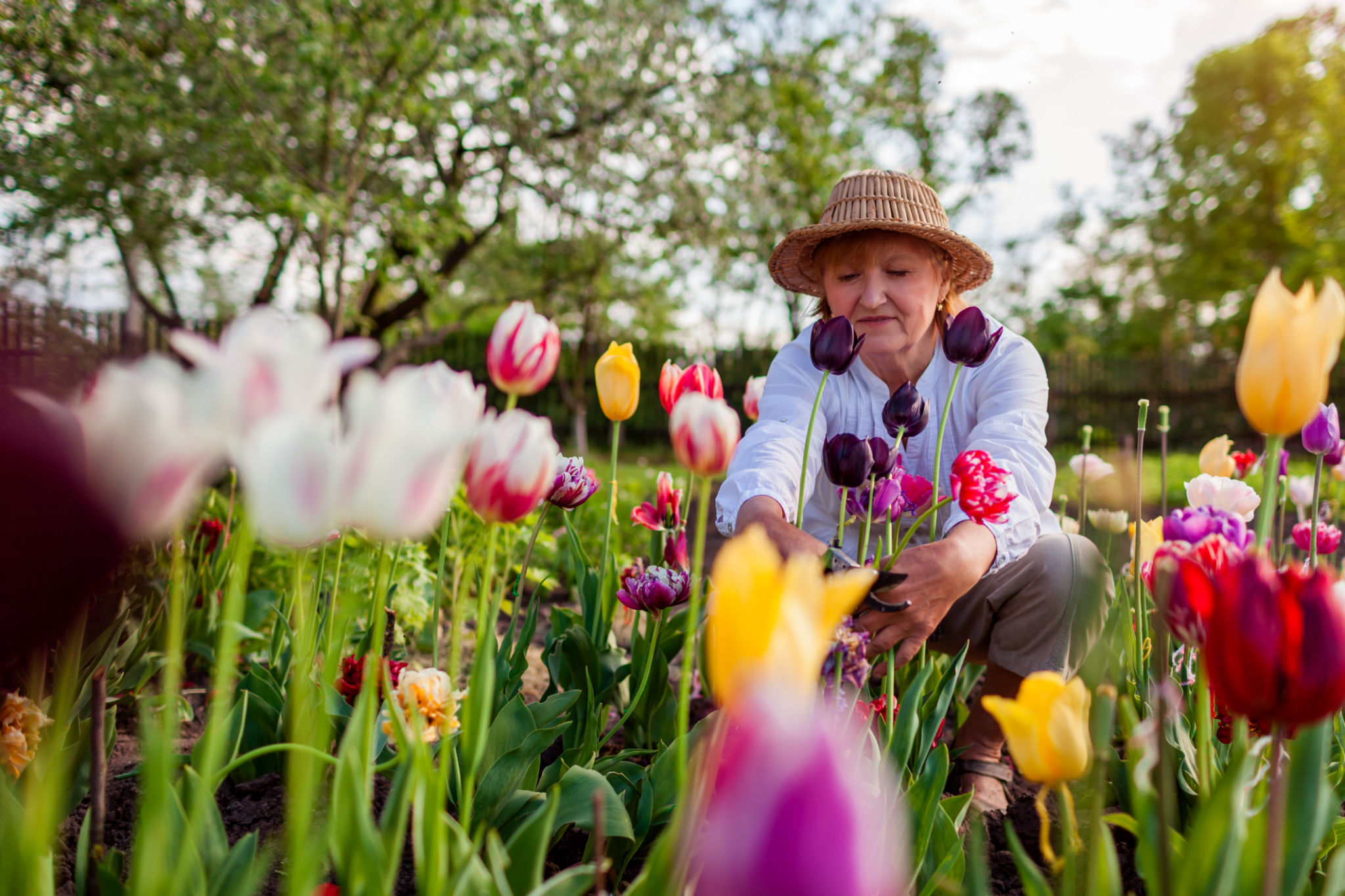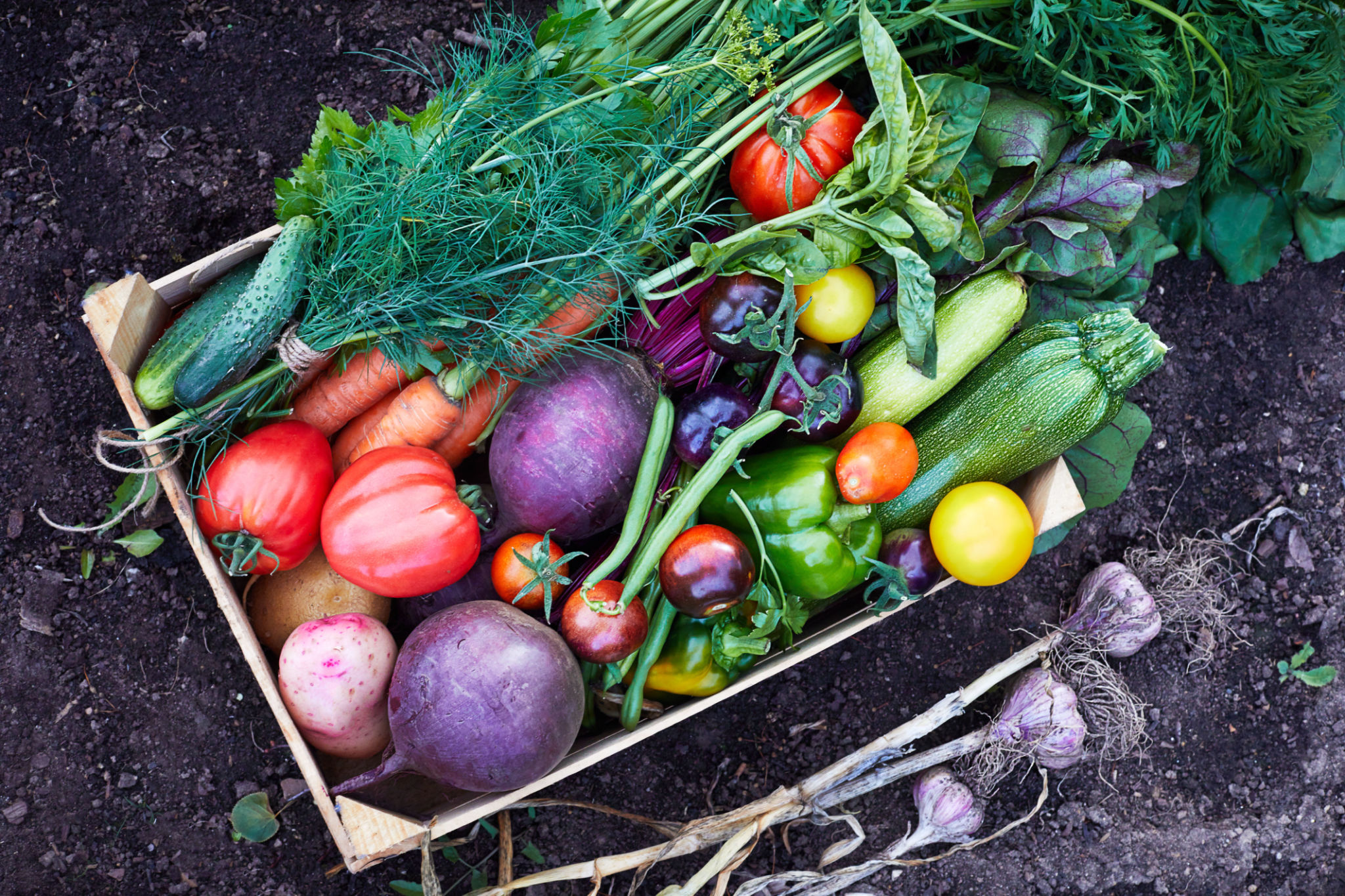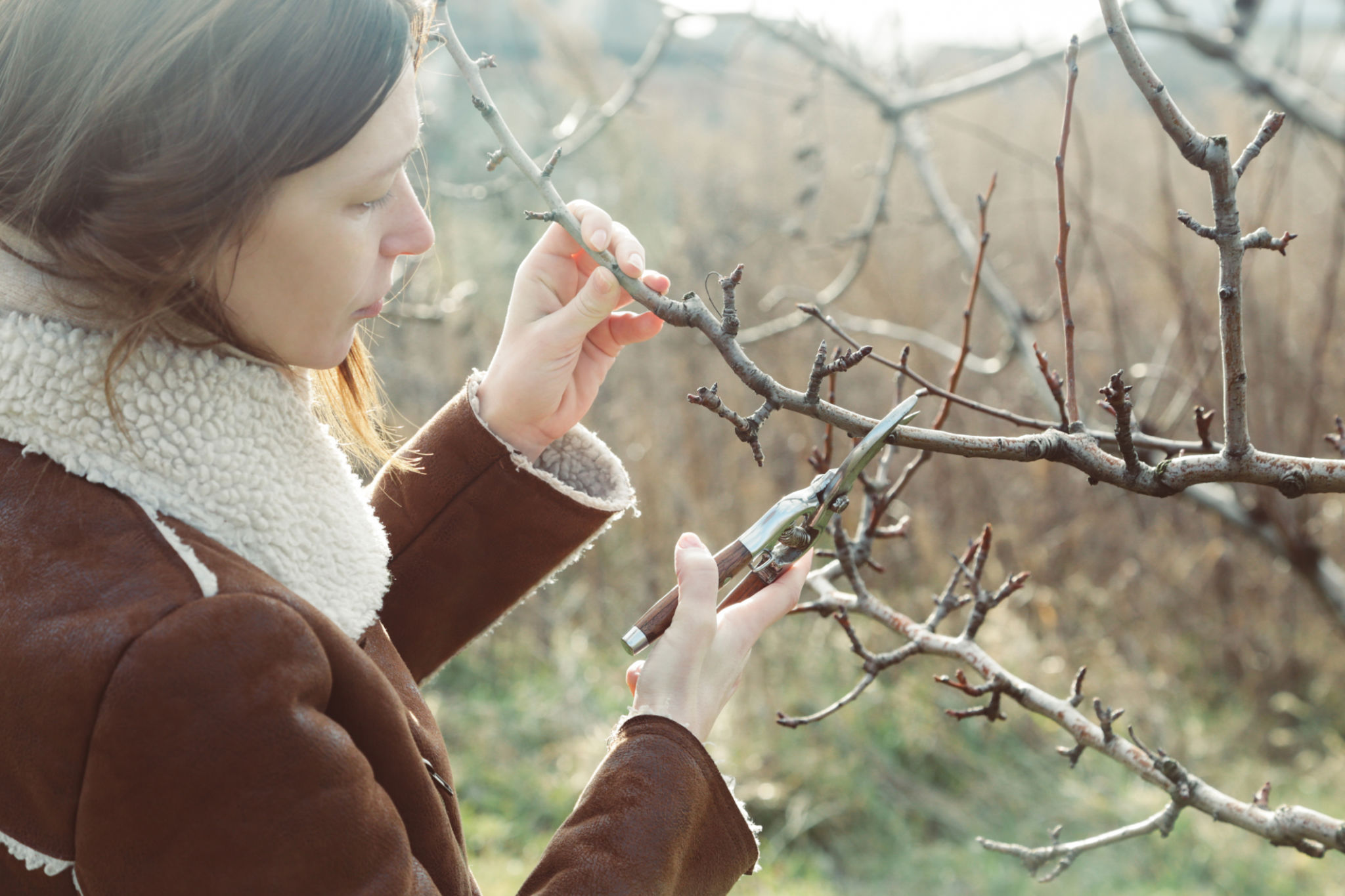Seasonal Planting Guide: Preparing Your Edible Garden for Each Season
Understanding Seasonal Planting
Creating an edible garden that thrives all year round requires an understanding of seasonal planting. Each season offers unique conditions that can either nurture or hinder the growth of your plants. By aligning your planting schedule with the natural cycles, you can ensure that your garden remains bountiful and healthy throughout the year.
Start by evaluating your local climate and zoning. This knowledge is essential as it determines what you can grow and when. For instance, regions with mild winters might allow for year-round gardening, while areas with harsh winters will require strategic planning to protect and sustain crops.

Spring Planting: A Time of Renewal
Spring is synonymous with new beginnings in the garden. As temperatures rise and days become longer, it's the perfect time to plant cool-season crops like lettuce, spinach, and peas. These plants thrive in the mild temperatures of early spring and will be ready for harvest before the heat of summer.
To make the most of spring planting, consider starting seeds indoors in late winter. This gives you a head start, allowing seedlings to mature before being transplanted outdoors once the last frost has passed. This approach is particularly beneficial for crops like tomatoes and peppers, which need a longer growing season.

Essential Spring Gardening Tips
- Test your soil and amend it with compost for optimal nutrient levels.
- Use row covers to protect young plants from unexpected cold spells.
- Practice crop rotation to prevent soil depletion and pest buildup.
Summer Planting: Embrace the Heat
Summer is the season of abundance, with warm temperatures encouraging rapid plant growth. This is the time to focus on heat-loving crops such as tomatoes, cucumbers, and squash. These plants thrive in the warm soil and ample sunlight characteristic of summer months.
Watering becomes crucial during this season to maintain plant health. Consider implementing a drip irrigation system to ensure consistent moisture levels without promoting fungal diseases that can thrive with overhead watering.

Summer Gardening Strategies
- Mulch around plants to conserve moisture and suppress weeds.
- Harvest regularly to encourage continuous production.
- Monitor for pests like aphids and caterpillars, taking action promptly if infestations occur.
Autumn Planting: Transition and Preparation
As temperatures begin to cool, autumn offers a second opportunity for planting. Focus on crops like kale, carrots, and broccoli that can withstand cooler temperatures and even improve in flavor after a light frost.
This season is also ideal for preparing your garden for winter. Clear out spent plants and debris, and consider planting cover crops to enrich the soil with nutrients and prevent erosion during the dormant months.

Autumn Gardening Checklist
- Prune dead or diseased branches from perennial plants.
- Plant garlic bulbs for next year's harvest.
- Start a compost pile with fallen leaves and garden waste.
Winter Planting: Planning for the Future
While winter often signifies a break in active gardening, it's an excellent time to plan for the upcoming growing season. Assess your garden's successes and challenges from the past year and begin crafting a plan for spring.
If you live in a milder climate, consider growing winter crops such as leeks or Brussels sprouts. Alternatively, use this time to focus on indoor gardening by cultivating herbs or microgreens on a sunny windowsill.

By understanding the intricacies of seasonal planting, you can maximize your garden's productivity and enjoy fresh produce throughout the year. Each season presents its own set of tasks and opportunities, making gardening a dynamic and rewarding endeavor.
